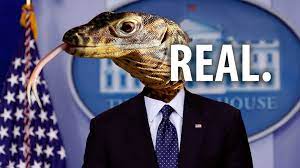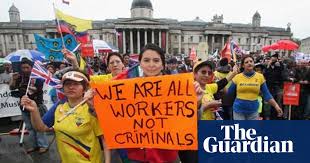Alright, brace yourselves, folks! We're about to dive deep into the rabbit hole of conspiracy theories. Whether you've got your tinfoil hat on standby or you're just here for the giggles, let's break down the juicy details of what makes conspiracy theories as tantalizing as a midnight snack when you know you're on a diet.
What on Earth are Conspiracy Theories?
Imagine Bob and Alice whispering behind your back in the office. That's basically what conspiracy theories are: The idea that people (or aliens) are secretly pulling the strings, making things happen while we common folks have no clue. Picture grand puppeteers with evil laughs, controlling everything from what's on TV to why your toast burned this morning.
Why Do People Love Conspiracy Theories?
1. Sense of Control: Because who wouldn’t want to believe they've got the "secret recipe" when everyone else is clueless? It's like being part of a secret club, minus the cool handshake.
2. Brain Tricks: Our brains have this funny knack of spotting patterns where there aren't any. "Oh look, a cloud that looks like Elvis!" Same goes for conspiracy theories.
3. Easy Explanations: Instead of grappling with messy and complicated truths, why not believe in a neat, wrapped-up-in-a-bow theory?
4. Distrusting The Big Guys: When in doubt, blame the government, right? Or the media. Or those pesky Illuminati folks.
5. Finding Your Tribe: It's like joining a fandom, but instead of obsessing over a TV show, it's about who really did what at Area 51.
But Why, *Really*, Do People Believe Them?
1. Being Unique Butterflies: Some folks just like being different. "You believe the earth is round? Pfft, amateur!"
2. All the Feels: Fear, anger, suspicion – all the juicy emotions that make a good soap opera. Conspiracy theories have them in spades.
3. Echo Chambers: If everyone in your Facebook feed believes the moon landing was filmed in Hollywood, it's gotta be true, right?
4. Having Life Crises: Uncertain times lead to... uncertain beliefs. "Is the Earth flat? Do birds work for the bourgeoisie?" So many questions!
Taking On the Conspiracy Beast:
If you're trying to convince Uncle Joe that the world isn't ruled by lizard people, good luck! Pro tip: Throwing facts at him or laughing might not be the best strategy. Maybe try to understand why he believes it, and then drop some truth bombs.
The Bottom Line:
Conspiracy theories: They're like junk food for the brain. Tasty, addictive, but maybe not super nourishing. And while it's fun to joke about, understanding why people fall for them can make the world a bit more sane. So, let's keep our tinfoil hats as fashion accessories and keep our brains hungry for the real stuff. Cheers to being rationally rebellious! 🍻
Current In-Vogue Conspiracy Theories:
- 5G and COVID-19: The theory that 5G technology somehow spread or exacerbated the COVID-19 virus.
- COVID-19 Vaccine Microchips: The belief that COVID-19 vaccines contain microchips meant for tracking individuals.
- QAnon: A broad, multi-faceted theory asserting that a secret cabal of elites is being overthrown by former U.S. President Donald Trump.
- Flat Earth: Despite being debunked for centuries, the belief that the Earth is flat rather than spherical has seen a resurgence.
- Moon Landing Hoax: The ever-persistent belief that the 1969 moon landing was staged.
Conspiracy theories have always been a part of human history, gaining traction during times of uncertainty or distrust. In recent years, the proliferation of social media and easy access to information has fueled the spread of conspiracy theories, attracting believers worldwide.
































